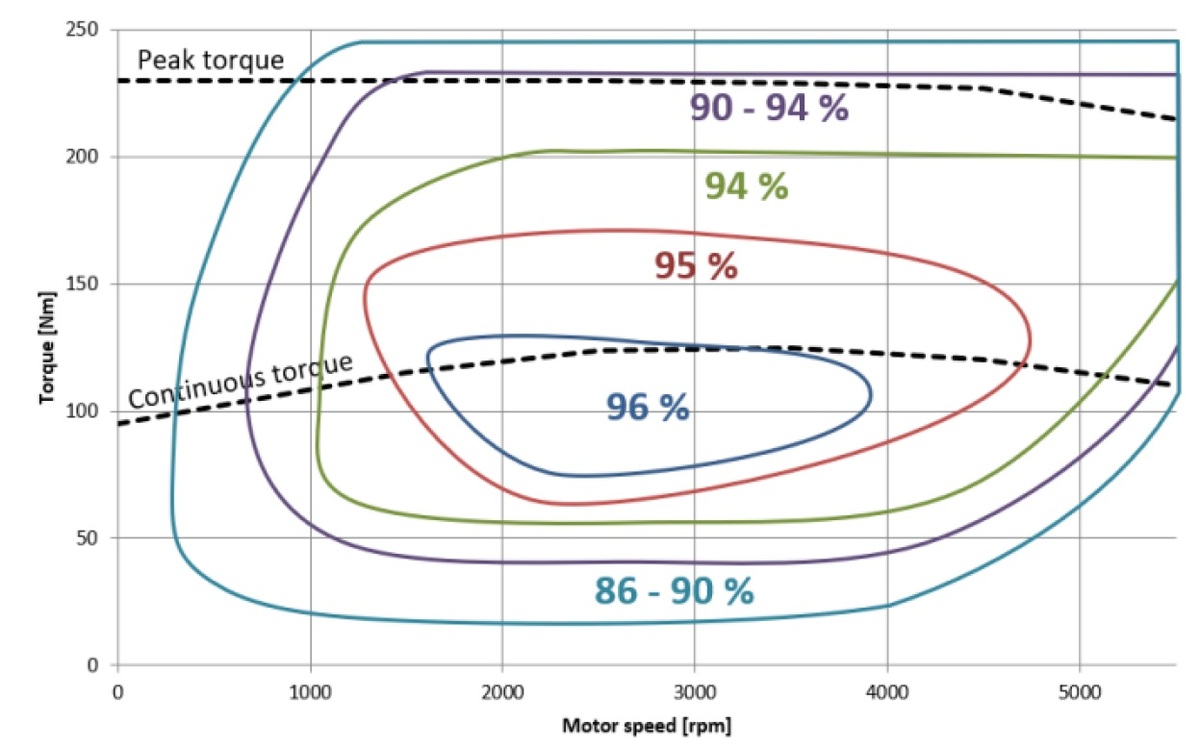Current issue
Online first
Archive
About the Journal
Aims and scope
Publisher and Editorial
Advertising policy
For Authors
Paper review procedures
Procedures protecting authentic authorship of papers
Paper preparation manual
Plagiarism check
Publication ethics
Reviewers
APC
Editorial and Scientific Board
Contact
Reviewers
Formula Student class electric vehicle energy storage - study and design assumptions
1
Faculty of Transport and Aviation Engineering, Silesian University of Technology, Poland
Submission date: 2023-11-27
Final revision date: 2024-02-19
Acceptance date: 2024-03-16
Online publication date: 2024-04-20
Publication date: 2024-08-09
Corresponding author
Piotr Hemlecki
Faculty of Transport and Aviation Engineering, Silesian University of Technology, Krasińskiego 8, 40-019, Katowice, Poland
Faculty of Transport and Aviation Engineering, Silesian University of Technology, Krasińskiego 8, 40-019, Katowice, Poland
Combustion Engines 2024,198(3), 54-61
KEYWORDS
TOPICS
ABSTRACT
The goal of this article is to present the design assumptions of an energy storage for a Formula Student electric car equipped with one electric motor. The correct selection of the parameters of the energy storage is dictated by the regulations applicable to all cars competing in this class, especially the maximum battery power. The growing interest in electric cars is visible also in motorsport, where are created new competitions and classes specifically for BEV (Battery Electric Vehicle). The study presents a description of the requirements contained in the competition regulations regarding the energy storage in the Formula Student vehicle, an overview of the cells that can be used in the battery and the selection of the most optimal among several solutions. Based on specific requirements, the arrangement of cells inside the battery was designed, divided into smaller segments and their connection, placed in a safe housing in the form of container.
REFERENCES (23)
1.
Brdulak J, Pawlak P. Motor transport as an element of the Polish energy market (in Polish). Kwartalnik nauk o przedsiębiorstwie. 2021;1:31-42.
2.
Castelvecchi D. Electric cars: the battery challenge. Recycling batteries and reducing the use of scarce metals will be key to the world’s transition to electric vehicles. Nature. 2021;596:336-339. https://www.nature.com/article....
4.
Hemlecki P. Formula student class electric vehicle energy storage (in Polish). Master thesis. Silesian University of Technology. Gliwice 2022.
5.
Kęska A, Dziubek M, Michalik D. Market positioning of internal combustion engines and battery electric motors. Combustion Engines. 2023;195(4):136-143. https://doi.org/10.19206/CE-16....
6.
Kęska A, Dziubek M, Michalik D. The economic aspects of vehicle operation in the context of electromobility strategies. Combustion Engines. 2024;196(1):146-152. https://doi.org/10.19206/CE-17....
7.
Kropiwnicki J, Gawłas T. Evaluation of the energy efficiency of electric vehicle drivetrains under urban operating conditions. Combustion Engines. 2023;195(4):28-34. https://doi.org/10.19206/CE-16....
8.
Lai NYG, Wong KH, Halim D, Mareta S, Ran LY, Cheung H. Learning through formula student electric: Students and staff perspectives. 2021 IEEE International conference on engineering, Technology & education (TALE). 2021. https://ieeexplore.ieee.org/do....
9.
Laskowski P, Zimakowska-Laskowska M, Zasina D, Wiatrak M. Comparative analysis of the emissions of carbon dioxide and toxic substances emitted by vehicles with ICE compared to the equivalent emissions of BEV. Combustion Engines. 2021;187(4);102-105. https://doi.org/10.19206/CE-14....
10.
Li L, Guo SL, Cai H, Wang JJ, Zhang J, Ni Y. Can China’s BEV market sustain without government subsidies?: An explanation using cues utilization theory. J Clean Prod. 2020;272:122589. https://doi.org/10.1016/j.jcle....
11.
Łosiewicz Z, Sendek-Matysiak E. The development of electromobility: in the aspect of the operation of cars with electric drive (in Polish). Autobusy. 2018;12:126-128. https://yadda.icm.edu.pl/bazte....
12.
Mamala J, Graba M, Mitrovic J, Prażnowski K, Stasiak P. Analysis of speed limit and energy consumption in electric vehicles. Combustion Engines. 2023;195(4):83-89. https://doi.org/10.19206/CE-16....
13.
Manual for EMRAX Motors / Generators. 2020, Version 5.4. https://emrax.com/wp-content/u... for_emrax_motors_version_5.4.pdf.
14.
Martellucci L, Giannini M. Analysis of the performance and overall efficiency of a Formula Student electric car. Journal of Transportation Technologies. 2022;12:111-122. https://doi.org/10.4236/jtts.2....
15.
Martínez CS, Ramos DGP, Santamaria EO, López VD. CFRP monocoque structure for formula student car. DYNA. 2020;95. https://www.revistadyna.com/se....
16.
Martins LS, Guimarães LF, Botelho Junior AB, Tenorio JAS, Espinosa DCR. Electric car battery: an overview on global demand, recycling and future approaches towards sustainability. J Environ Manage. 2021;295:113091. https://doi.org/10.1016/j.jenv....
18.
PN-EN IEC 62660-1:2019. Lithium-ion cells for propulsion of electric road vehicles - Part 1: Properties test.
19.
Sobczak P, Kubat W. Analysis of changes in the structure of the vehicle in relation to the plans of a sustainable transport policy of the European Union as part of the transport management (in Polish). Autobusy. 2017;6:1762-1766. https://yadda.icm.edu.pl/bazte....
20.
Szumska EM, Jurecki R. Technological developments in vehicles with electric drive. Combustion Engines. 2023;194(3):38-47. https://doi.org/10.19206/CE-16....
21.
Website: European Environment Agency. New registrations of electric vehicles in Europe. https://www.eea.europa.eu/en/a....
22.
White G, Cunningham G, Doyle D. Design of an electric drive transmission for a formula student race car. SAE Technical Paper 2019-01-1295. 2019. https://doi.org/10.4271/2019-0....
23.
Wójtowicz S. Electric drive vehicles (in Polish). Prace Instytutu Elektrotechniki. 2012;258:237-248.
Share
RELATED ARTICLE
We process personal data collected when visiting the website. The function of obtaining information about users and their behavior is carried out by voluntarily entered information in forms and saving cookies in end devices. Data, including cookies, are used to provide services, improve the user experience and to analyze the traffic in accordance with the Privacy policy. Data are also collected and processed by Google Analytics tool (more).
You can change cookies settings in your browser. Restricted use of cookies in the browser configuration may affect some functionalities of the website.
You can change cookies settings in your browser. Restricted use of cookies in the browser configuration may affect some functionalities of the website.



